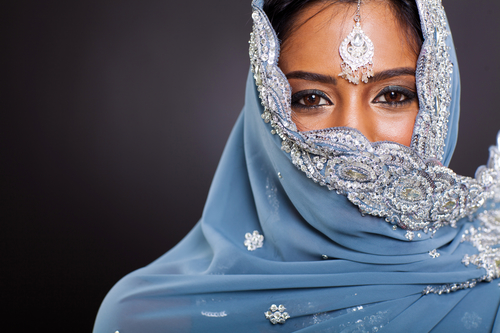 We don’t discuss hair extensions a lot at LengthyHair.com. We are not against extensions or wigs, but our credence is: natural hair is beautiful! Now “natural hair” can be defined in many ways. We define “natural hair” as hair growing out of one’s scalp. You can add chemicals (i.e. color, relaxer, etc.) or avoid them, but the hair is yours.
We don’t discuss hair extensions a lot at LengthyHair.com. We are not against extensions or wigs, but our credence is: natural hair is beautiful! Now “natural hair” can be defined in many ways. We define “natural hair” as hair growing out of one’s scalp. You can add chemicals (i.e. color, relaxer, etc.) or avoid them, but the hair is yours.
With that being said, we understand how hair extensions and wigs can aid women (and men) in various ways. We’ve had people share their personal stories with us on how hair extensions has allowed them to protect their natural hair while they transitioned from a relaxer. And how wigs have helped women maintain their confidence during chemotherapy. When used properly, hair extensions and wigs can be used to aid in hair retention when the natural hair is cared for.
The Research Began…
We wanted to learn more about hair extensions and how they are sourced. Not a lot of information is available, but what we found may suprise you. Like most of you, we imagined women around the world desperately cutting their long locks for money. And this image may be true in some areas, but those beautiful, long dark Indian hair extensions you may have been eyeing may be from a much more startling source.
Some of the hair exported to the west actually comes from devotees who flock each year to two Hindu temples in the south of India. People sacrifice their hair – often the most beautiful thing that they might personally possess – as a thanksgiving for good fortune, for example, the birth of a long awaited child, or as a way of asking for favor from the gods for good crops or for a much needed job. The giving of one’s hair symbolizes the surrender of the ego to a higher power.
The origin of the belief is that Vishnu lost a lock of his hair which was replaced by an angel who gave him one of her’s. Vishnu vowed that anyone offering their hair to him would be in receipt of special favor.
Big Business…
The hair business in India is worth around $400 million each year and it is growing.
The largest temple is at Tirupati, and attracts thousands of pilgrims each day. Here hundreds of barbers sit in lines as the faithful present themselves to be shaved; barbers are paid about 20 cents for each person they serve. The temple makes about $3 million each year from the sale of the valuable hair, and this money is used for charitable purposes such as education, and for the upkeep of the temple which serves so many visitors, and also for providing up to thirty thousand free meals each day to pilgrims.
Thoughts…
It’s not certain whether the devotees know what happens to their hair, but one woman when told that her hair would probably be used to make a wig simply smiled and said, “If it makes someone feel beautiful, then I am happy.” And that is probably a very good way to look at it.
Again, we are not against hair extensions or wigs. It is a billion dollar industry and means a great deal to many people. There is just a lot of unknown information. We found everything fascinating. As research enthusiasts, we wanted to pass on the information to our loyal subscribers and followers. Now what you decide after knowing this information is up to you.
Peace and Blessings.
Video credit: Journeyman Pictures | Youtube
